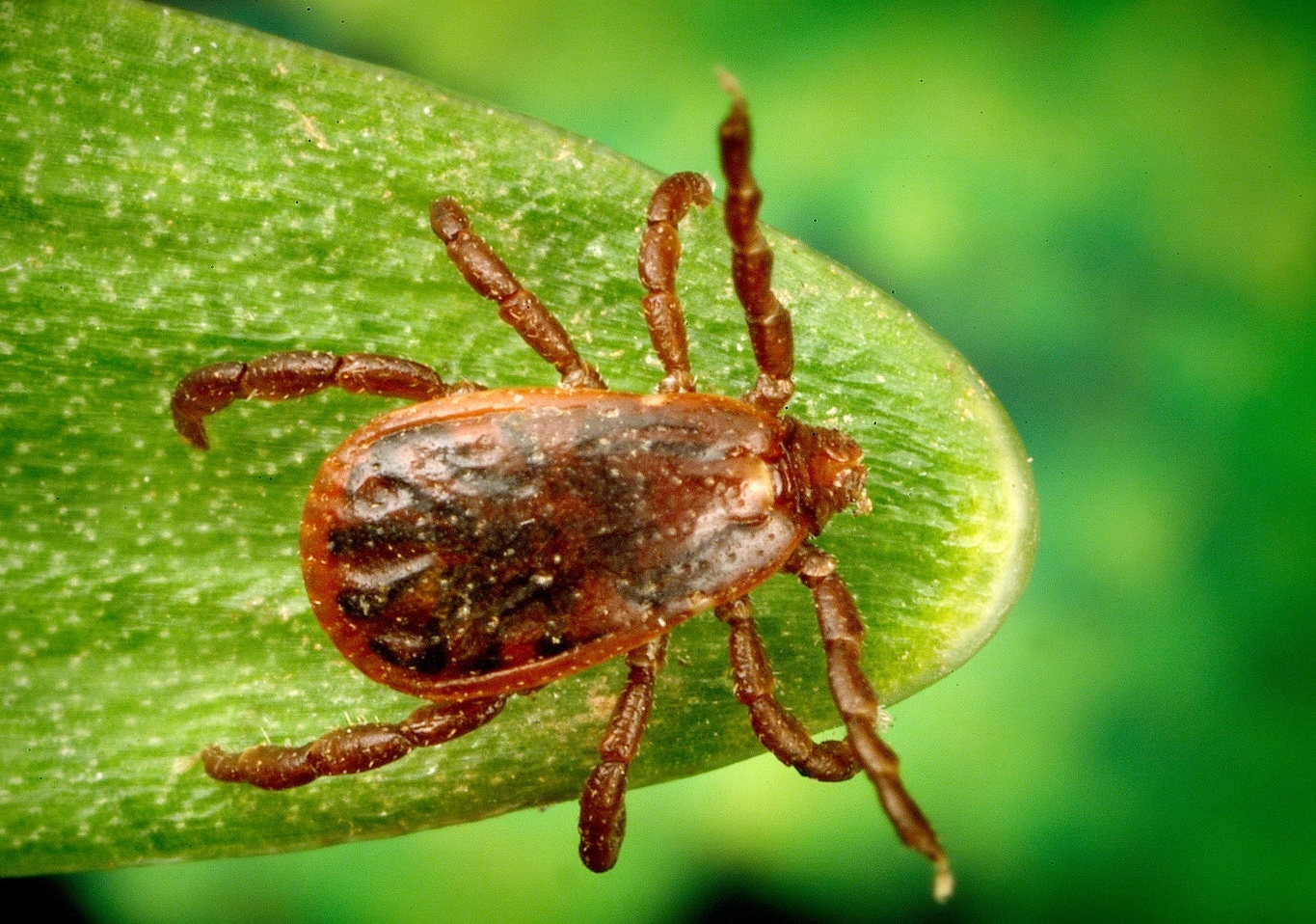Wisconsin
Bill calls for DNR to sell bug spray to prevent Lyme disease

MADISON, Wis. (AP) — Griffin Austin was an 11-year-old kid two years ago, spending his days outside playing second base, shooting hoops and fishing. Then he started noticing he couldn’t keep up with his friends.
He kept feeling tired until one day after basketball practice he couldn’t walk.
The Verona boy grew weaker and weaker, resorting to an electric scooter to get around, quitting basketball and withdrawing from school.
His parents depleted their savings account as doctors tried to figure out what was wrong. Finally this past April he was diagnosed with Lyme disease.
“I missed out on two years of my life,” Griffin, now 13, told the Wisconsin Assembly Committee on Environment on Thursday.
A group of lawmakers is trying to prevent stories like Griffin’s with a new package of bills designed to combat Lyme disease. Symptoms include fever, headache, fatigue and a skin rash. Left untreated, the disease can spread to joints, the heart and the nervous system, according to the Centers for Disease Control.
The tick-borne ailment has always lurked in the background in wooded northern Wisconsin, but now it’s on the rise across the rest of the state. The state Department of Natural Resources theorizes that ticks are multiplying faster than their natural predators.
The average number of Lyme disease cases in Wisconsin has more than doubled over the last decade, according to health officials. Wisconsin had the fourth-highest number of confirmed Lyme disease cases among all 50 states in 2017 at 1,794 incidents, according to the latest CDC data. The number of cases reported last year was 3,105, according to the state Department of Health Services.
Reps. Jeff Mursau and Nick Milroy along with Sen. Robert Cowles have proposed measures that would require the Department of Natural Resources to sell insect repellent at every state park and forest as well as post signs warning about the dangers of Lyme disease on state lands.
According to a department fiscal estimate attached to the repellent bill, only five out of 64 state parks and forests offer anything for sale to the public. Building a system to sell repellent at the remaining 59 properties would cost about $15,000. Agency officials estimate they would have to spend $20,000 annually on repellent, but they expect sales revenue will cover those costs.
The sign bill would require the department to post at least one warning of Lyme disease in every state park, trail, recreational area and forest. The measure would allocate $12,500 for the signs.
The Assembly Environment Committee held a public hearing on both bills Thursday. Griffin’s parents, Lexy and Russ Austin, brought him to the proceeding in a wheelchair. As he waited his turn to speak, he grew so tired he had to rest his upper body on his father’s lap.
“I’m truly grateful this legislation will bring much needed awareness,” he told the panel. “Much more needs to be done.”
Committee members seemed genuinely moved. The committee’s chairman, Republican Rep. Joel Kitchens, said the panel will likely vote on the bills next month. Rep. Scott Krug responded by sharing that his daughter was diagnosed with Lyme disease two years ago as well.
“Mom and Dad, I know where you’re coming from,” he told Lexy and Russ Austin.
Mursau, Cowles and Milroy have introduced three other bills designed to combat Lyme disease. Those bills would create a committee to study tick-borne diseases, require the Department of Natural Resources to include information on Lyme disease in state park brochures, run an annual Lyme disease public awareness campaign and allocate $91,400 for Department of Health Services to hire an expert on insect-borne diseases. Those bills haven’t gotten a hearing yet.
Follow Todd Richmond on Twitter at https://twitter.com/trichmond1


